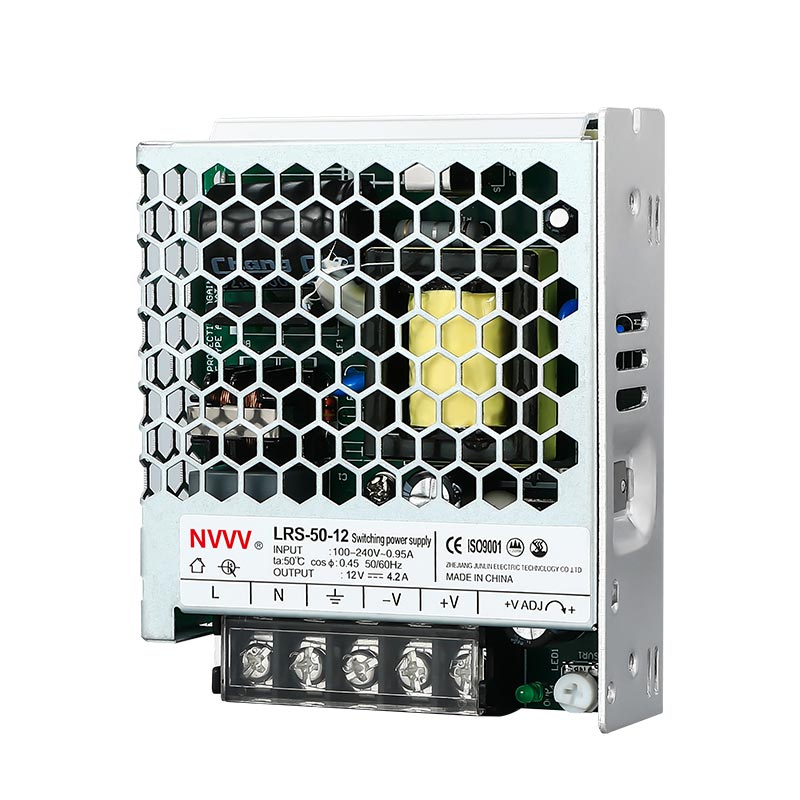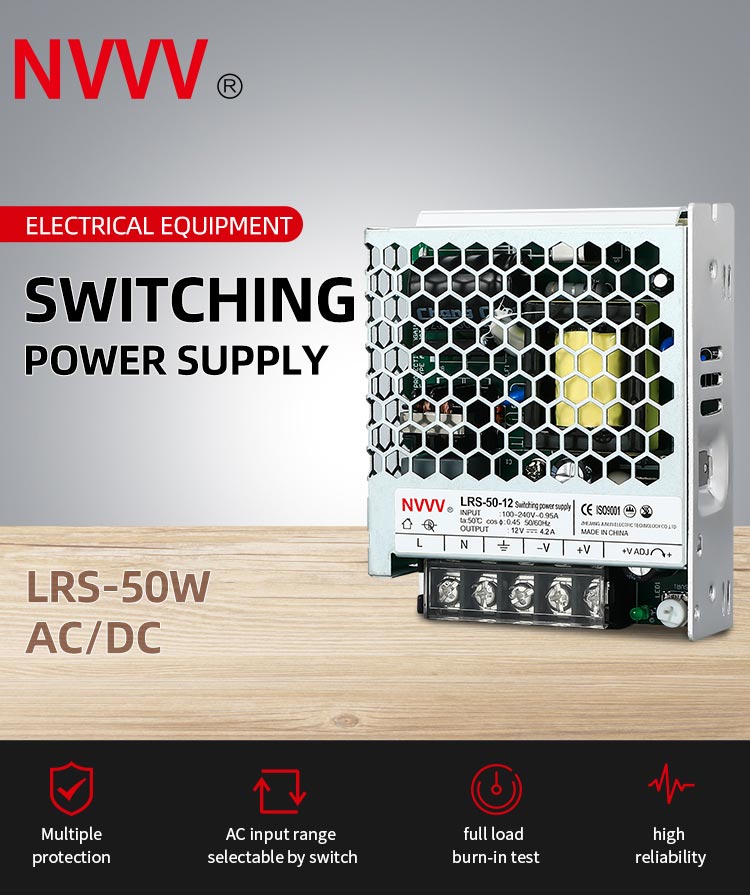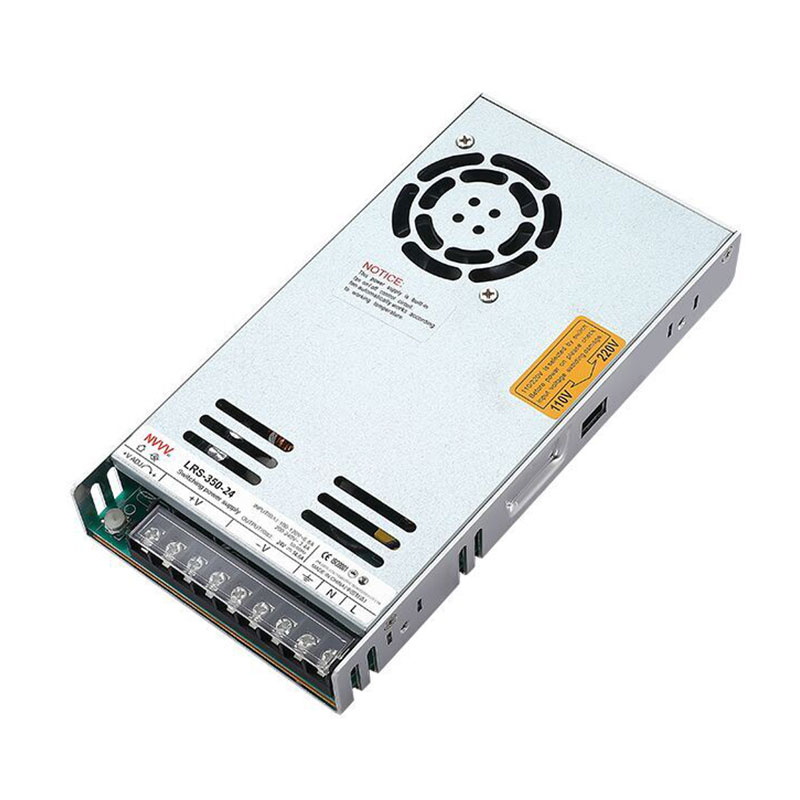How to check if SMPS is working?
A switching power supply (SMPS) is an essential power supply component in most electronic devices today. It is able to convert the input voltage (whether DC or AC) to the output voltage required by the device. Whether it is a household appliance, industrial equipment or small appliance, the stability of the SMPS is crucial to the normal operation of the device.
So after purchasing an SMPS, how do we check whether the SMPS is working properly in daily life? In this article, we will explore various methods to determine the health of the SMPS and detail the different steps that may be involved in the inspection process.
What is a switching power supply (SMPS)?
To check the working condition of an SMPS, you must first understand its basic working principles and functions. A switching power supply is a power supply device that converts the input voltage to the output voltage required by the device by rapidly switching electronic components. Unlike traditional linear power supplies, SMPS controls the voltage through switching devices, resulting in higher efficiency and smaller size.
Components of a switching power supply
The basic components of an SMPS include the following main parts:
Input rectifier: used to convert AC power to DC power.
High-frequency switching device: cuts DC power into high-frequency signals by rapidly switching.
Transformer: adapts the voltage amplitude to the required output voltage.
Filter: used to smooth high-frequency signals and make them into stable DC or AC output.
This design makes SMPS more efficient than traditional linear power supplies and suitable for many modern electronic devices, especially those that require small size and high efficiency, such as 24V DC power supply equipment.
Advantages and applications of SMPS
The main advantages of SMPS are its high efficiency and miniaturization. Since SMPS adjusts voltage through high-frequency switching, it is more effective than traditional power supplies in reducing energy loss. SMPS also has the following advantages:
Lightweight: The transformer of SMPS can use a smaller core, so the whole device can be made very compact.
High efficiency: Compared with linear power supply, the efficiency of SMPS can reach more than 85%, reducing power waste.
Adjustable voltage: The output voltage of SMPS can be flexibly adjusted according to the needs of the equipment, and is widely used in equipment that requires multiple voltage outputs.
SMPS is widely used in household appliances, industrial automation equipment, computer power supplies, lighting equipment, etc., especially in power supply equipment that requires compact and efficient, such as 24V DC power supply equipment.
Preliminary checks: How to tell if the SMPS is working properly?
When you suspect that there may be a problem with the switching mode power supply, you can quickly determine if it is working properly by doing some simple preliminary checks. These checks do not require complex equipment and can help the user quickly determine the problem.
Check the power connection and indicator lights
The first step is to check whether the SMPS is powered properly. Many SMPS devices have a power indicator light to indicate whether the device is in working order. If the indicator light is not on, first check that the input power is connected correctly and the plug is tight. If there is no power indicator light, use a multimeter to measure the voltage at the input of the SMPS to ensure that it is receiving power.
Use a multimeter to measure the output voltage
If the SMPS is already powered, the next step is to check whether its output voltage is within the specified range. Using a multimeter is a very effective method:
Set the multimeter to DC voltage measurement mode.
Connect the test probes to the output of the SMPS and measure the output voltage.
If the output voltage is too far from the rated output voltage of the SMPS (such as a 24V DC power supply), it may indicate a problem with the internal circuitry.
Observe temperature and noise
SMPSs do not usually generate excessive heat or noise when operating. If the SMPS runs too hot or makes unusual noises, it may be due to internal component failure or the cooling fan not working properly. Overheating is often caused by a short circuit or current overload, so it should be stopped immediately and further inspected.
Detailed inspection: How to judge SMPS failure in more depth?
If the initial inspection cannot determine the problem, the user can perform some more detailed inspections to determine whether there is a fault inside the SMPS. These inspections require a slightly deeper understanding of how the SMPS works and may require some basic testing tools.
Check the physical condition of internal components
Open the switched-mode power supply(SMPS) case and carefully inspect the condition of the internal components. Common problems include:
Capacitor bulging or leaking: Capacitors are key components of SMPS. If the capacitor is damaged, it is usually seen that its top is bulging or leaking.
Circuit board burn marks: If a component inside the SMPS overheats or shorts, it may leave burn marks on the circuit board.
·Burned coil or inductor: The coil or inductor in the SMPS may be damaged due to overheating. Observing the physical state of these components can help find the problem.
Observing the waveform with an oscilloscope
If you have more advanced tools, such as an oscilloscope, you can observe the output waveform of the SMPS to determine whether it is normal. Under normal circumstances, the output of the SMPS should be a smooth DC voltage waveform. If there is a lot of noise or pulses in the waveform, there may be a problem with the filter or other components.
Load test
Load test is an effective way to detect whether the SMPS can work stably under full load or overload. By connecting a load of known power to the SMPS, observe its output voltage and current performance under different load conditions. If the SMPS output voltage is unstable or suddenly drops under high load, this may be a sign of a damaged transformer or switching device.
How can professional tools help detect SMPS failures?
If the problem is still not clear after the above steps, using professional tools to further detect the SMPS may be an essential step. These tools can provide accurate diagnosis and help find the root cause of the problem.
Use a capacitor tester to check the health of the capacitor
Capacitors are important filtering components in SMPS. Damaged capacitors can cause unstable voltage or poor output waveform. Capacitor testers can help users detect whether the actual capacitance value of the capacitor is consistent with the nominal value. If the capacitance is greatly reduced or the capacitor fails completely, it should be replaced immediately.
Use a power load meter to test the load capacity
The power load meter can simulate different load conditions and observe whether the output voltage of the SMPS is stable by gradually increasing the load. Testing the SMPS under different loads can detect its performance in real use conditions and ensure that it will not fail at peak load.
Use a dedicated detection tool to test the startup delay and operating frequency of the SMPS
When the SMPS starts, there is usually a short delay time, which is caused by the internal circuit adjustment. Through a dedicated detection tool, it is possible to measure whether this startup time meets the design standards and ensure that its operating frequency is stable. If the startup delay time is too long or the frequency is unstable, it may be a problem with the internal switching device.
How to maintain and service the SMPS to extend its service life?
Regular maintenance and care of the SMPS can effectively extend its service life and reduce the occurrence of equipment failures. Here are some maintenance suggestions:
Clean the inside of the device regularly
Since the switch mode power supply contains fans or heat sinks, dust easily accumulates in these areas, resulting in poor heat dissipation. Therefore, it is recommended to open the device regularly and use an air pump or soft brush to clean the internal dust to ensure normal heat dissipation.
Check capacitors and cables regularly
Capacitors and cables are easily damaged components in SMPS. Check the condition of capacitors regularly, especially aging capacitors are prone to swelling or leakage. Cables should ensure that the connection is tight and there is no wear or damage.
Pay attention to load matching
SMPS is usually designed with its maximum load and operating voltage range. If the device works under overload for a long time, it will greatly reduce the service life of the SMPS. Make sure that the load device works within the rated power range of the SMPS to avoid overloading the device.
Conclusion
Through the above methods, we can systematically check whether the switching power supply (SMPS) is working properly. From the most basic power connection check to in-depth component analysis, these steps can help users quickly find and solve problems. Especially when using 24-volt DC power supply equipment, it is crucial to ensure the normal operation of the SMPS.
After discovering a problem, measures should be taken immediately to repair or replace it to avoid affecting the normal operation of the entire system. At the same time, regular maintenance and care of SMPS can effectively extend its service life and ensure the stability and reliability of the equipment.











